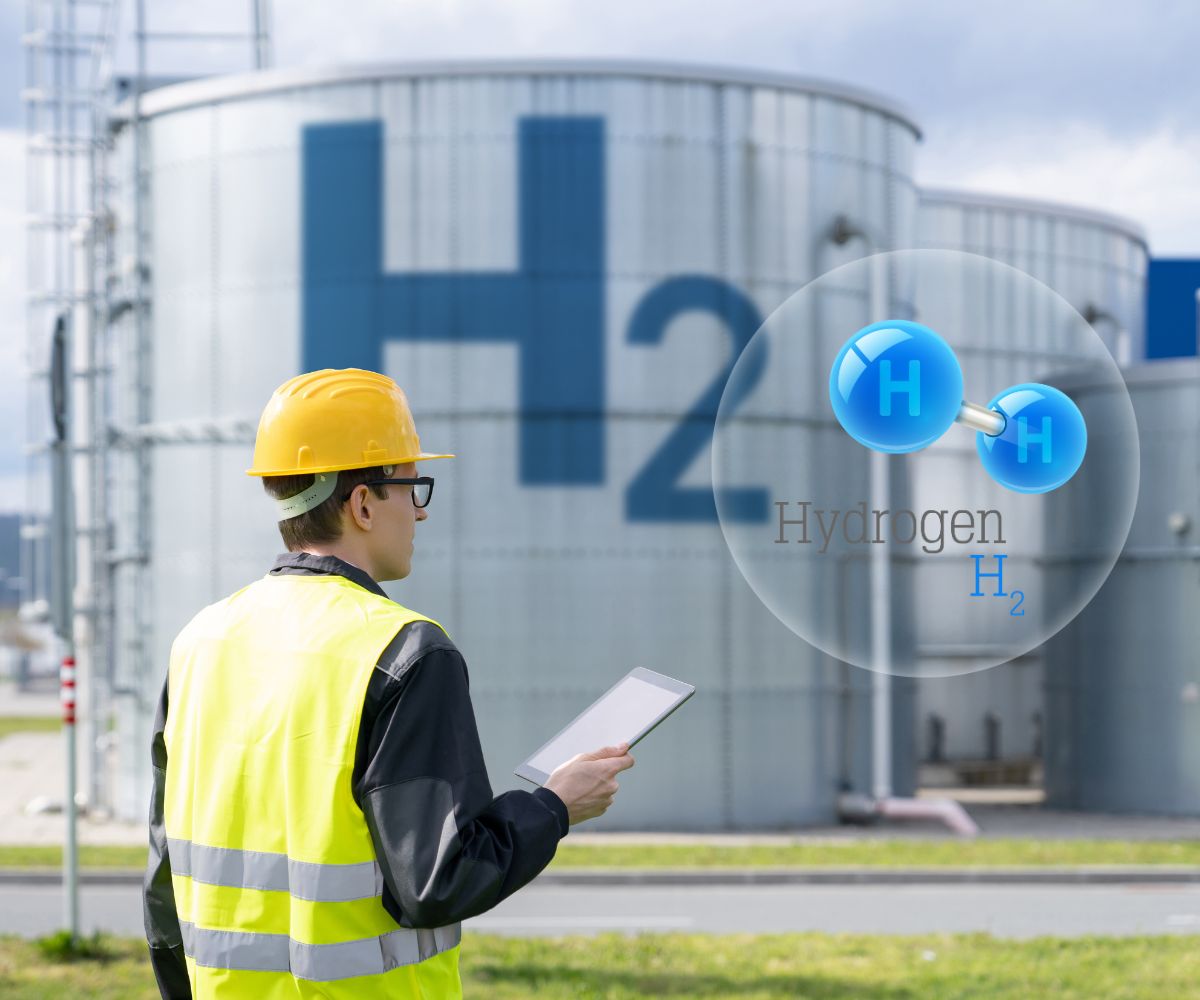
Breakthrough in High-Density Hydrogen Storage Technology
February 21, 2024In a groundbreaking development, Professor Hyunchul Oh and his team from the Department of Chemistry at Ulsan National Institute of Science and Technology (UNIST) have reported a significant breakthrough in the field of hydrogen storage. This innovative research has the potential to revolutionize our future energy systems.
The team has harnessed advanced high-density adsorption technology to create a nanoporous complex hydride. This remarkable material not only has the ability to store hydrogen but does so in an efficient manner that was previously thought to be unachievable. The hydride can accommodate five hydrogen molecules in a unique three-dimensional arrangement, resulting in an unprecedented level of high-density hydrogen storage.
Unlocking the Potential of Hydrogen
Hydrogen energy holds tremendous potential as a zero-emission fuel, but until now, its adoption has been stalled by storage challenges. The recent study focuses on these issues, aiming to amplify the efficiency and economic feasibility of hydrogen’s role in the global energy mix.
Decoding The Hydrogen Storage Enigma
The central challenge lies in storing significant amounts of hydrogen in a compact, secure and accessible manner. Researchers have unveiled novel materials at the intersection of chemistry and engineering that could solve this puzzle once and for all.
A Novel Approach to Storage
This innovative research has led to the development of a material that can store hydrogen at higher densities than ever before. The technology is not just about storing more; it’s about optimizing the space and cost associated with hydrogen storage units.
The Science Behind the Breakthrough
Scientists are very interested in materials that have a bunch of tiny holes, known as “nanoporous materials”, for storing gases. However, packing a lot of gas into a small space is not easy. In our study, we used a variety of scientific methods to examine a special kind of material made from a compound of magnesium and boron.
This material has tiny holes and an inside surface that has a sort of negative charge which can attract and hold onto gases like hydrogen and nitrogen. Interestingly, hydrogen and nitrogen gases each find their own unique spots within these holes. The material can hold 2.33 molecules of hydrogen and 0.66 molecules of nitrogen for every molecule of the material itself.
The hydrogen molecules are squeezed in really tight – about twice as dense as liquid hydrogen (which is already pretty dense!). The discovery was then made of a cluster of hydrogen molecules, where some had the freedom to rotate while others were fixed in a specific orientation, interacting with the material.
This research shows that we can pack hydrogen really tightly into these materials with tiny holes, even at normal pressures. This could be a big deal for storing gases efficiently in the future!
From Lab to Real World: Implementing Compact Hydrogen Storage
The transition from laboratory research to real-world application is underway. With continued investments and collaborative efforts between academic institutions and the transportation industry, this discovery is set to pave the way toward greener transit solutions.
The Future of Public Transportation
The impact of this research is most apparent in its implications for public transportation. With more compact storage solutions, buses, trains and other forms of mass transit could leverage hydrogen power and a substantial cut in greenhouse gas emissions.
Professor Oh Speaks on Game-Changing Research
Professor Oh emphasizes the significance of this breakthrough, stating, “Our innovative material represents a paradigm shift in the realm of hydrogen storage, offering a compelling alternative to traditional approaches.”
In closing, the groundbreaking research spearheaded by Professor Hyunchul Oh and his team at UNIST in South Korea marks a significant leap forward in the quest for efficient hydrogen storage solutions. With governments, industries, and academia around the globe joining hands to speed up the development of compact, high-density hydrogen storage solutions, we are witnessing the dawn of a new era in energy consumption. The possibilities are exciting and endless, and it is clear that a global shift towards a hydrogen-powered future is well underway.



 HFN News is your leading source for fresh hydrogen and renewable energy updates. Amid the fast-paced growth of hydrogen companies, we provide top-notch news and insights about this exciting sector. Our coverage spans from hydrogen cars to global sustainable initiatives, and we highlight the latest in green jobs and developing hydrogen hubs. We invite you to share your local hydrogen news and explore today’s renewable energy job listings on our site. Thanks for choosing HFN News as your trusted guide to the hydrogen and renewable energy world!
HFN News is your leading source for fresh hydrogen and renewable energy updates. Amid the fast-paced growth of hydrogen companies, we provide top-notch news and insights about this exciting sector. Our coverage spans from hydrogen cars to global sustainable initiatives, and we highlight the latest in green jobs and developing hydrogen hubs. We invite you to share your local hydrogen news and explore today’s renewable energy job listings on our site. Thanks for choosing HFN News as your trusted guide to the hydrogen and renewable energy world!